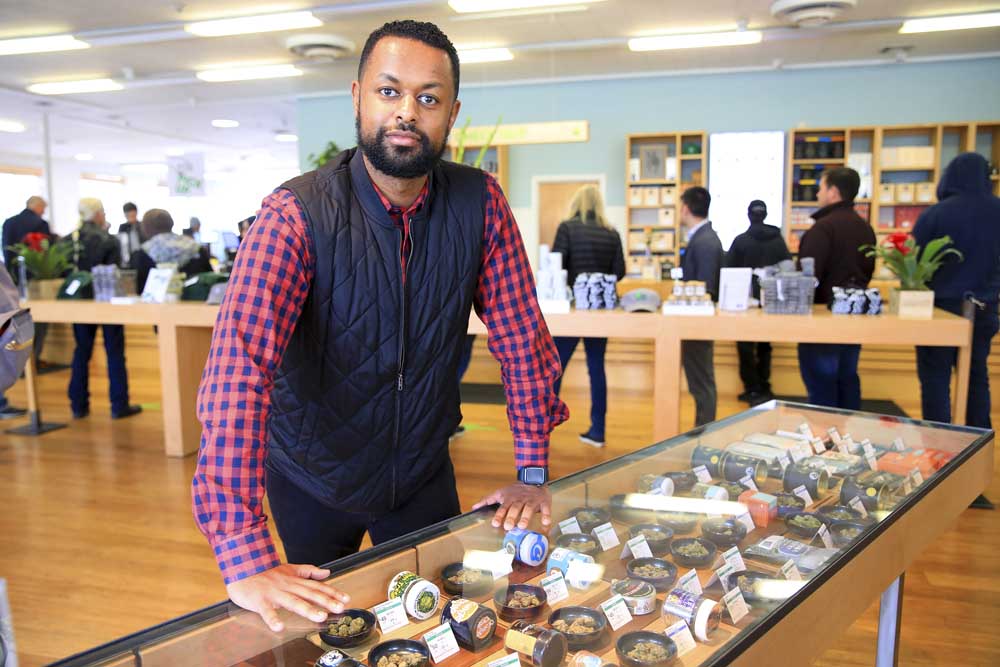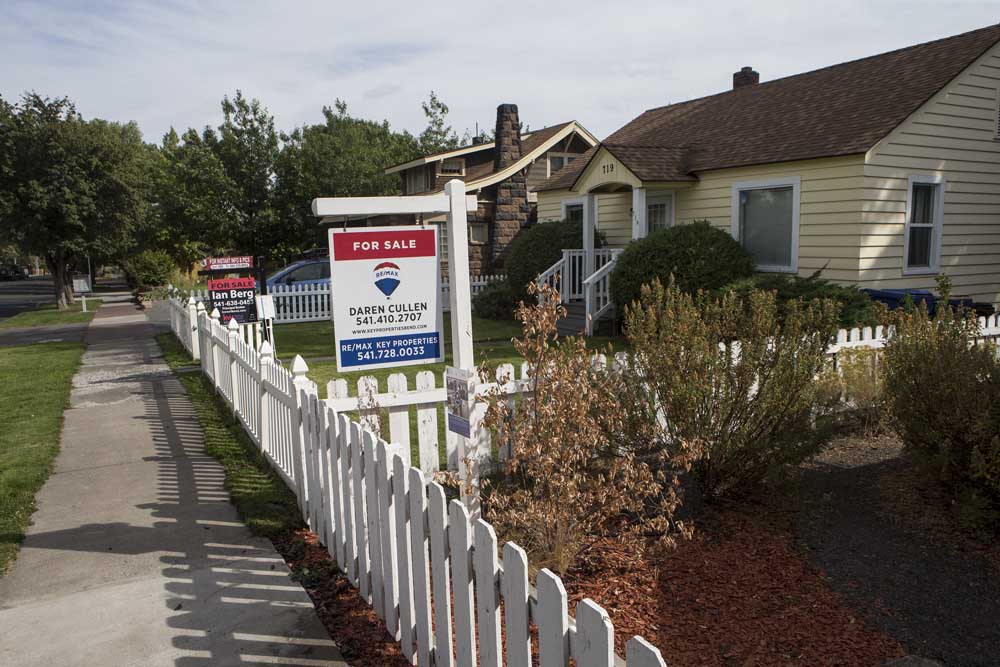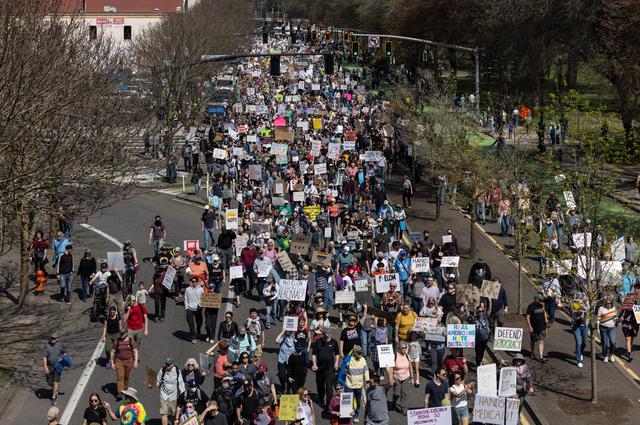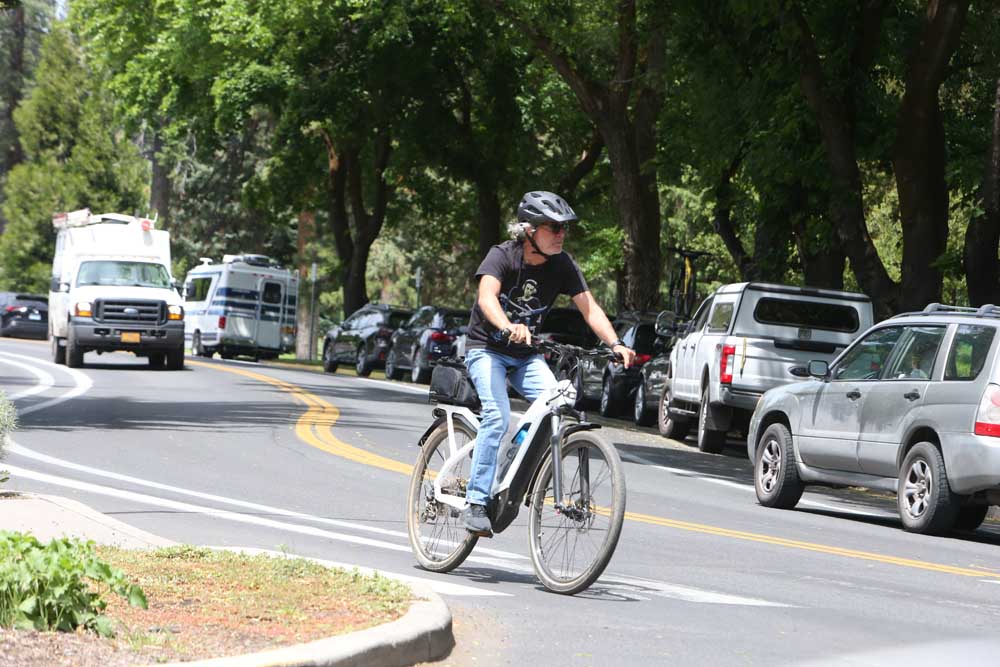Cannabis, marijuana, weed, pot? Just call it a job machine
Published 12:00 am Saturday, April 27, 2019

- Menna Tesfatsion is the new chief operating officer for Harborside, a cannabis dispensary and farming company founded in 2006 in Oakland, California. Tesfatsion previously worked in real estate and property development in the Oakland area. (Jim Wilson/The New York Times)
SAN FRANCISCO —
David Dancer is a 48-year-old marketing executive who has worked for big brands like Charles Schwab and Teleflora. A year ago, he got a call from a recruiter for a different kind of company: MedMen, a cannabis retailer that has been called “the Apple Store of weed.” The opening was for a chief marketing officer. He took it.
One of Dancer’s early projects was a slick 2-minute video by director Spike Jonze that begins with an anecdote about George Washington as a hemp grower, a staple of dorm-room conversation. It concludes with a suburban couple coming home with a bright-red bag of legally purchased pot, symbolizing “the new normal” — an ending that, like his own career twist, seemed improbable not long ago.
“It can and should be a part of anyone’s everyday life,” Dancer said, sounding very much like a man who has been hired to do marketing.
Although cannabis remains illegal on the federal level, 33 states allow its sale at least for medical purposes. Ten of them, including California, have legalized recreational use. And as new markets open and capital continues to flood in, the cannabis industry has become, by some measures, one of the country’s fastest-growing job sectors.
The jobs range from hourly work at farms and stores to executive positions. They also span the country. Columbia Care, a medical cannabis company that is based in New York and has 500 employees, has indoor farms and manufacturing plants in Massachusetts, Delaware, Florida, Illinois, Arizona and the District of Columbia.
It’s hard to know exactly how many jobs there are in the legal cannabis business. The U.S. Labor Department collects data from cannabis farms and retailers but does not provide figures for the industry. Still, listings for cannabis-related positions have rocketed to the top echelon of the fastest-growing-job categories on sites like Indeed and ZipRecruiter.
Julia Pollak, a labor economist at ZipRecruiter, said the company’s data put the number of cannabis jobs nationwide at 200,000 to 300,000. Most of those jobs are on the lower end of the pay scale, consisting of rote agricultural work like plant trimming ($10 to $15 an hour) and “budtenders” (about $25,000 a year), who help customers decide what kind of cannabis they want and then weigh and bag it.
But as the industry expands, there has also been a strong demand for better-paid positions like chemists, software engineers and nurses who consult with patients about using cannabis for anxiety and other medical conditions.
“The early signs are that this will grow rapidly,” Pollak said.
Jobs in the industry come with a few caveats. Because cannabis is illegal from the federal perspective, noncitizens should probably stay away for now, lest they risk their immigration status, Passman advises. If you’re collecting a federal pension, you should consult a financial adviser to see if it’s at risk. Also: Be realistic about the stigma you might face from employers in other industries.
After a decade in pharmaceutical marketing at companies including Gilead Sciences, Julie Raque recently became the vice president for marketing at Cannabistry Labs, a cannabis research and testing company in Chicago. She was intrigued by the industry and eager to join a startup but had to take a pay cut in exchange for company stock — and to accept that her decision might be a one-way door.
“I highly doubt companies would want to hire me back,” she said. “I knew I was about to do something big, and since then, I’ve not looked back, because I’m having so much fun.”






